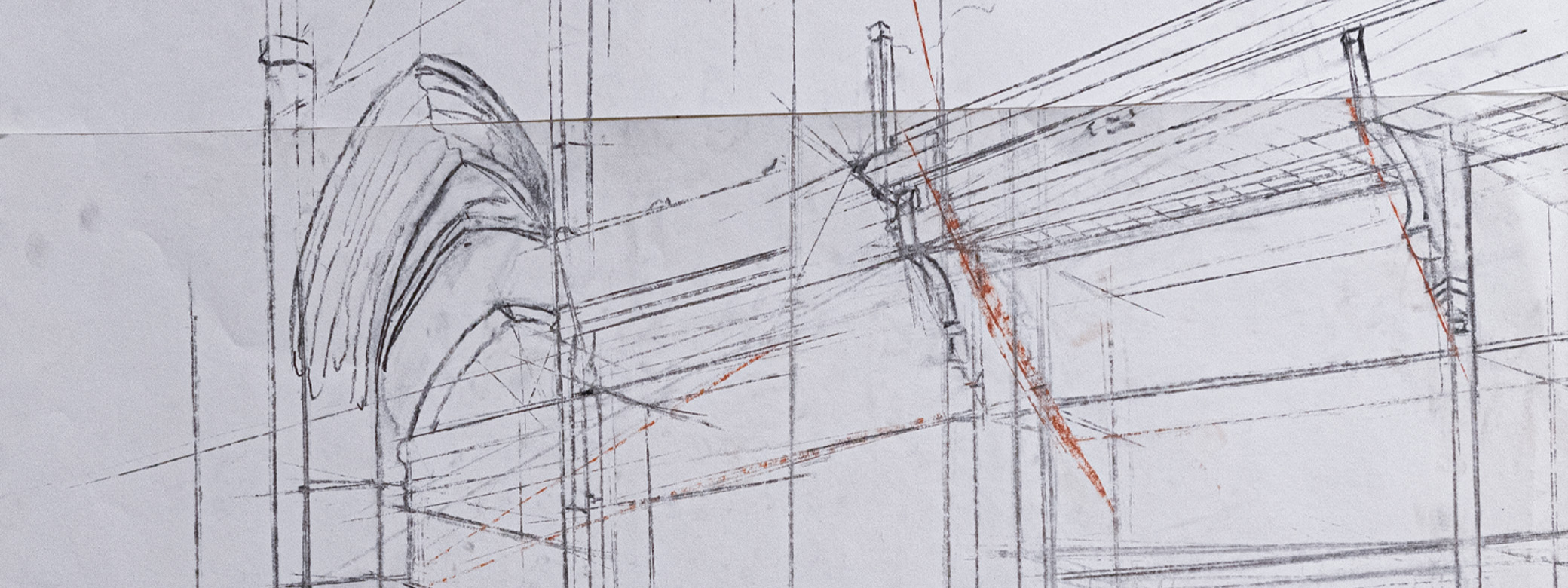In 1351, Prato and its thriving textile industry came under the Florentine rule, and consequently, the people of Prato were forbidden from producing silk and manufacturing gold and silver threads. In addition, their wool industry was prohibited from using English wool that was considered to be of the highest quality and therefore could not compete with the Florentine textile industry.
In Fra Filippo Lippi's painting The Feast of Herod, Salome's image appears three times, and her outfit varied in each portrayal. Scholars have discussed the change in its color, but the materiality of her outfit remained unaddressed. Since metal threads have been traditionally associated with the use of silk and were considered luxurious materials used in the manufacture of the finest and most expensive fabrics, Salome's dresses, which adorned with gold, reveals that the cloth described by Lippi is the silk prohibited by the Florentine rule. This talk examined in what way the Florentine prohibitions imposed on Prato affected Filippo Lippi's treatment of textile in this painting.
This Australasian Centre for Italian Studies conference had the theme of "Scontri e Incontri: The Dynamics of Italian Transcultural Exchanges." This paper was presented in a session titled "Artistic encounters with the Other."
